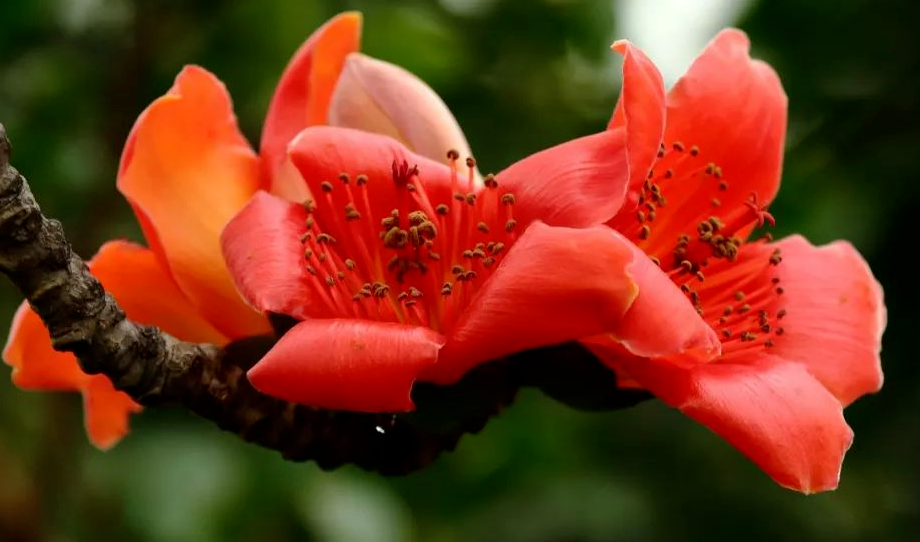China has successfully begun cultivating its first generation ofhighland space barleyafter seeds were sent into space and exposed to cosmic radiation and microgravity. This experiment is part of China's efforts to use space mutagenesis to develop new, more resilient crop varieties.
y Details
ace MissionThe barley seeds were carried by thehenzhcrewed spacecraft (launched in May 2023) and spent several months in orbit before returning to Earth.
tation BreedingExposure to space conditions can induce genetic mutations, potentially leading to higher yields, disease resistance, or better adaptability to harsh environments like the Tibetan Plateau.
ghland AdaptationBarley is a staple crop in Tibet and other higtitude regions, so improving its resilience could enhance food security.
xt StepsScientists will monitor the growth of these spactated barley plants to select desirable traits for future cultivation.
y It Matters
od SecurityDeveloping hardier crops is crucial for China's highland regions, where extreme weather and limited arable land pose challenges.
ace AgricultureThis is part of China's broader research into spacsed agricultural science, following similar experiments with rice, wheat, and vegetables.
China has previously succeeded in growingspace riceand other crops, demonstrating the potential of space breeding to enhance agriculture. This latest milestone reinforces the country's advancements inpace science and sustainable farmin
Would you like more details on China’s other spaced crops?
|
|

 |手机版|标签|新闻移动网xml|新闻移动网txt|全球新闻资讯汇聚于 - 新闻移动网
( 粤ICP备2024355322号-1|
|手机版|标签|新闻移动网xml|新闻移动网txt|全球新闻资讯汇聚于 - 新闻移动网
( 粤ICP备2024355322号-1|![]() 粤公网安备44090202001230号 )
粤公网安备44090202001230号 )